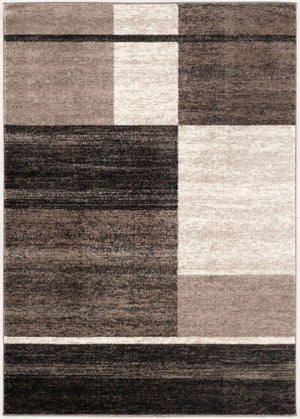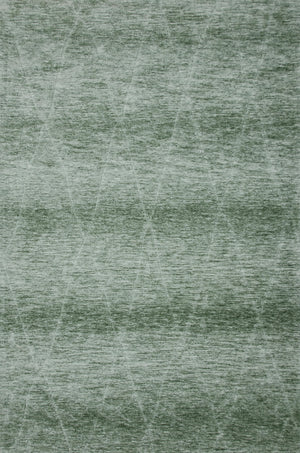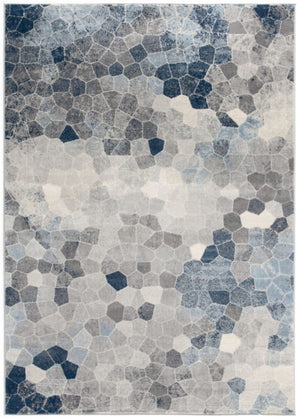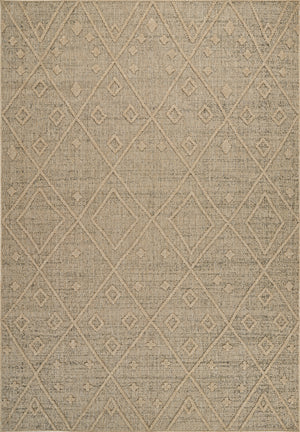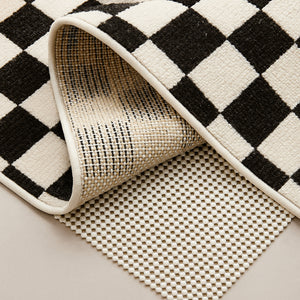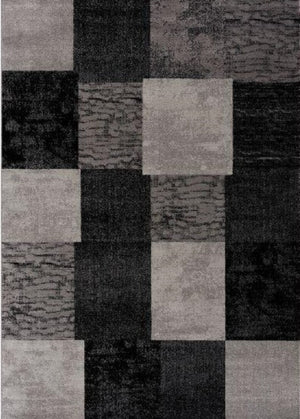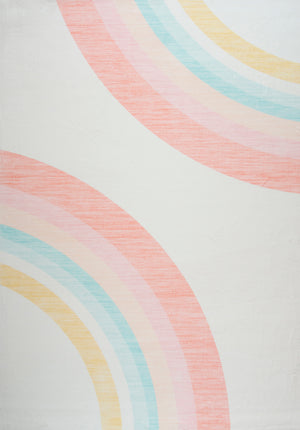
Can Area Rugs Go on Carpet? The Ultimate Guide to Layering Rugs
Share
Layering rugs over carpet is a popular interior design trend that many homeowners are adopting to add depth, texture, and personality to their living spaces. But, can area rugs really go on carpet? The answer is a resounding yes! Not only can they enhance your home’s aesthetic, but they also offer practical benefits. In this guide, we'll explore the advantages of layering rugs, how to do it effectively, and tips on choosing the perfect area rugs for layering with carpet.
Why Layer Area Rugs on Carpet?
Adding area rugs on top of your carpet is a versatile solution to elevate your space’s design, define specific areas, and protect your flooring. Here are the top reasons to consider layering rugs on carpet:
1. Add Texture and Dimension
Carpets often have a single texture and flat appearance. Layering a large area rug or small area rug on top of your carpet creates contrast, adding depth and a more luxurious feel. Opt for a plush or shag indoor area rug if your carpet has a low pile to enhance the texture in your room.
2. Define Spaces
In open-plan areas or large rooms, using rugs to define specific spaces is a clever design trick. For instance, place a round area rug under your coffee table to anchor your seating area or use a small area rug to create a cozy reading nook. Layering rugs can help visually separate areas without the need for physical dividers.
3. Enhance Style
Layering an area rug on your existing carpet is an easy and affordable way to update your room’s style. With a variety of designs, colors, and patterns available, you can choose a washable rug to match your décor, creating a customized look without the need for a complete renovation.
4. Protect Your Carpet
High-traffic areas, like hallways or living rooms, can cause your carpet to wear out faster. Placing an area rug over these spots helps distribute the weight and pressure, preventing your carpet from looking worn or damaged.
Style Tips for Layering Area Rugs on Carpet
Layering rugs requires thoughtful design choices to ensure a balanced and stylish look. Below are some expert tips to help you layer rugs effectively on your carpet:
1. Choose Contrasting Textures
If your carpet has a low pile or flat texture, opt for an area rug with a thicker or more pronounced texture to create a visual contrast. A soft, fluffy indoor area rug works beautifully over a flat-weave carpet, adding comfort and style.
2. Play with Patterns and Colors
While your carpet may be neutral, layering a rug with bold patterns or vibrant colors can bring life to the room. Consider pairing a simple carpet with a large area rug that features geometric designs or rich hues to make the rug the focal point. However, if your carpet already has a busy design, choose a more understated area rug to avoid clashing.
3. Secure the Rug in Place
One concern with layering rugs on carpet is that the rug might shift or wrinkle. To avoid this, use a non-slip rug pad underneath the area rug. This will keep the rug in place, prevent accidents, and make the layered look more polished.
4. Mix Rug Shapes
For a unique twist, mix up the shapes of the rugs you layer. For example, use a round area rug on top of a rectangular carpet to create visual interest. The contrasting shapes can help soften a room with a lot of angular furniture or architectural features.
Choosing the Right Rug for Layering
Selecting the right rug for layering over carpet involves more than just picking a design you like. You’ll need to consider factors like size, material, and functionality.
1. Size
The size of your area rug matters when layering. A large area rug can cover most of the carpet in a living room, providing a cohesive look, while a small area rug can be used as an accent piece in a bedroom or entryway. Make sure the rug isn’t too small compared to the carpet; ideally, it should cover a good portion of the space while leaving some of the carpet visible around the edges.
2. Material
Material is important for both durability and comfort. For high-traffic areas, consider a washable rug that is easy to maintain. Natural materials like wool or jute are durable and add texture, while synthetic fibers like polyester are often more budget-friendly and easy to clean.
3. Functionality
Consider where the rug will be placed when selecting your material. If you're layering a rug in an area prone to spills or dirt, like a dining room, a washable rug is a practical choice. For outdoor spaces, opt for outdoor area rugs that can withstand the elements while still adding style to your patio or balcony.
Cleaning and Maintenance
Keeping both your carpet and area rugs clean is essential for a polished look. Here are some maintenance tips to ensure your layered rugs stay fresh:
1. Vacuum Regularly
Vacuum your rugs and carpet regularly to remove dirt and debris that can get trapped in the fibers. This is especially important for high-traffic areas where dirt accumulates faster.
2. Spot Clean Stains
If your area rug encounters a spill, clean it immediately to avoid stains setting in. For washable rugs, follow the care instructions and use a mild detergent to treat stains. For more delicate materials like wool, consider professional cleaning if needed.
3. Rotate Your Rugs
To ensure even wear and tear, rotate your area rugs every few months. This will prevent certain areas from becoming worn down, particularly if they are placed in high-traffic zones.
Conclusion: Transform Your Space with Layered Rugs
So, can area rugs go on carpet? Absolutely! Layering area rugs on top of carpet is a smart way to add texture, define spaces, and protect your flooring while enhancing the overall look of your home. By following these style tips and choosing the right rug, you can transform any room into a cozy, stylish retreat.
Ready to start layering rugs in your home? Visit Rug Branch to browse our wide collection of indoor area rugs, outdoor area rugs, and more. With a variety of sizes, colors, and materials to choose from, you’re sure to find the perfect rug to elevate your space!








